Home>Gardening & Outdoor>Landscaping Ideas>How To Keep Birds From Eating My Grass Seed
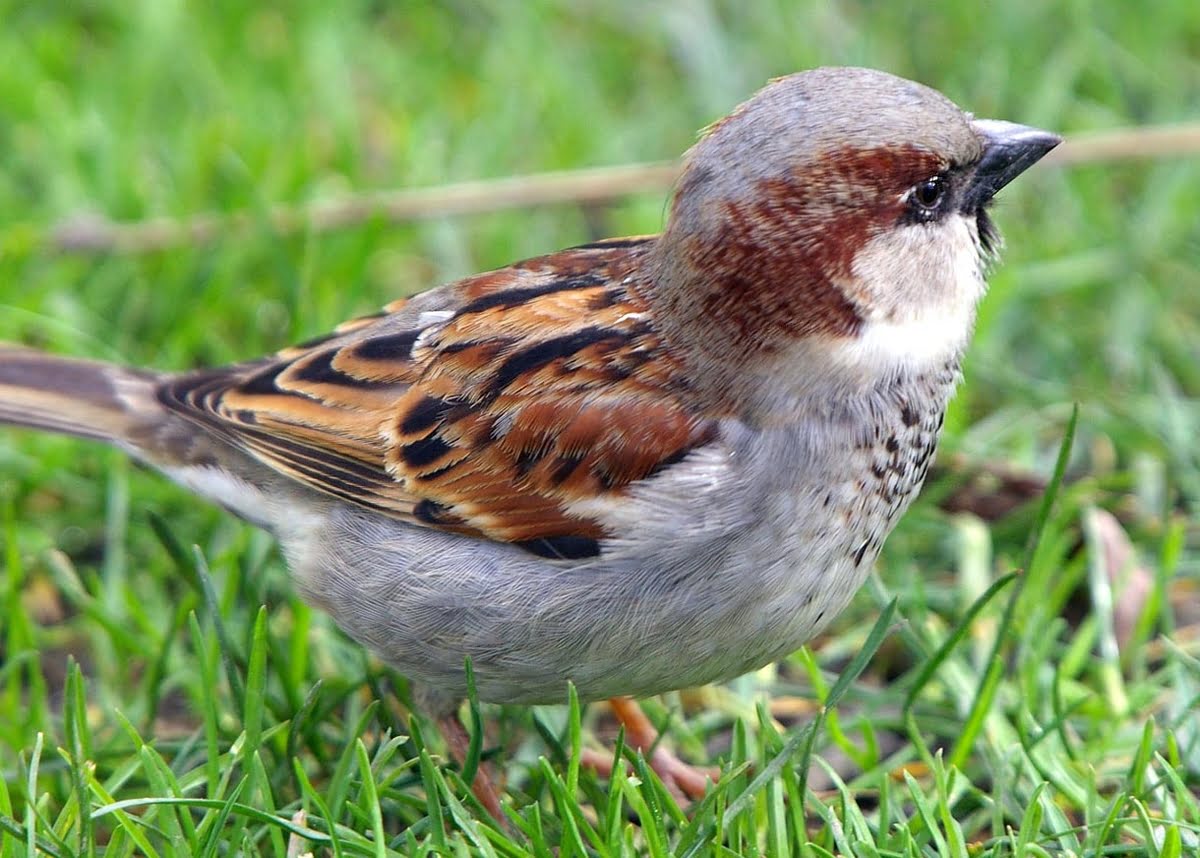

Landscaping Ideas
How To Keep Birds From Eating My Grass Seed
Published: January 23, 2024
Looking for landscaping ideas to prevent birds from eating your grass seed? Discover effective tips and solutions to protect your lawn and promote healthy growth.
(Many of the links in this article redirect to a specific reviewed product. Your purchase of these products through affiliate links helps to generate commission for Storables.com, at no extra cost. Learn more)
Introduction
Are you frustrated by the sight of birds swooping down to feast on your freshly sown grass seed? It's a common issue that can leave many homeowners feeling exasperated. However, fear not, as there are several effective strategies to prevent birds from devouring your grass seed and thwarting your lawn restoration efforts.
In this comprehensive guide, we'll delve into the world of landscaping and explore various techniques to safeguard your grass seed from avian intruders. From understanding the behavior of birds to implementing physical barriers and utilizing natural deterrents, we'll cover a range of approaches to help you reclaim your lawn and achieve lush, green grass that flourishes undisturbed.
So, whether you're a seasoned gardener or a first-time homeowner looking to revitalize your outdoor space, join us as we unravel the secrets to keeping birds at bay and nurturing your grass seed to fruition. With the right knowledge and tools at your disposal, you can create a thriving, bird-resistant lawn that's the envy of the neighborhood. Let's embark on this journey to reclaim your turf and bid farewell to avian interference!
Key Takeaways:
- Choose bird-resistant grass seed blends like fine fescue and perennial ryegrass to deter birds and promote successful lawn restoration.
- Use physical barriers like mulch netting and natural deterrents like reflective objects to protect grass seed from avian interference.
Read more: How Do You Keep Birds From Eating Grass Seed
Understanding the Problem
Before delving into potential solutions, it’s crucial to understand why birds are attracted to grass seed in the first place. Birds, particularly species like sparrows, finches, and starlings, are naturally drawn to areas where they can find an easy meal. Grass seed, with its small size and abundance, presents an irresistible buffet for these feathered foragers.
Moreover, freshly sown grass seed often lies exposed on the soil’s surface, making it an easily accessible food source for birds. The act of pecking and foraging not only disrupts the seed distribution but also damages the delicate germination process, hindering the growth of new grass.
It’s essential to recognize that birds are not intentionally sabotaging your lawn restoration efforts; they are simply seeking sustenance. With this understanding, we can approach the issue with empathy and devise strategies that deter birds without causing harm to them.
By acknowledging the natural instincts driving birds to target grass seed, we can explore effective methods to protect the seed and encourage its unhindered growth. From selecting the right grass seed to implementing bird-deterring techniques, our goal is to create a harmonious environment where both the avian visitors and your burgeoning lawn can thrive without conflicting interests.
Now that we’ve gained insight into the motivations behind avian interference, let’s proceed to explore the measures that can help safeguard your grass seed from bird-related challenges.
Choosing the Right Grass Seed
When aiming to establish a resilient and bird-resistant lawn, the choice of grass seed plays a pivotal role in deterring avian interference. Opting for grass seed varieties that are less appealing to birds can significantly mitigate the risk of avian foraging and enhance the overall success of your lawn restoration project.
One effective approach is to select grass seed blends that incorporate species known for their resilience and unattractiveness to birds. For instance, fine fescue and hard fescue are grass varieties that birds tend to avoid due to their slender, wiry leaves and less palatable seeds. These species not only offer excellent drought tolerance and shade adaptation but also serve as a natural deterrent to avian intruders.
Additionally, incorporating perennial ryegrass into the seed blend can contribute to a dense and robust lawn that is less susceptible to bird damage. Perennial ryegrass germinates quickly, establishing a protective cover over the soil and minimizing the visibility of the underlying seed, thereby reducing its attractiveness to birds.
Furthermore, consider grass seed blends that contain a higher proportion of Kentucky bluegrass. Known for its rapid germination and dense growth, Kentucky bluegrass can outcompete opportunistic weeds, reducing the need for frequent overseeding and minimizing the exposure of bare soil and vulnerable seedlings to avian foragers.
By carefully selecting a grass seed blend tailored to discourage avian interference, you can proactively fortify your lawn against bird-related challenges and set the stage for successful germination and establishment. While birds may still visit your lawn, the right grass seed can diminish their inclination to target the newly sown areas, allowing the grass to take root undisturbed.
With the foundation of the lawn laid out, we can now explore additional strategies to complement the choice of grass seed and further safeguard it from avian intrusion.
Implementing Physical Barriers
Implementing Physical Barriers
Physical barriers serve as a proactive and reliable method to shield grass seed from avian interference, effectively deterring birds from accessing and foraging on the newly sown areas. By deploying these barriers, you can create an environment that safeguards the seed while allowing it to germinate and establish without disruption.
One popular physical barrier is the use of lightweight, biodegradable mulch netting. This netting, when carefully laid over the seeded areas, forms a protective shield that deters birds from accessing the seed while allowing air, water, and sunlight to permeate through. It also aids in retaining moisture, promoting optimal conditions for seed germination and early growth. As the grass seedlings emerge and the lawn takes root, the netting gradually decomposes, seamlessly integrating with the soil without impeding the natural development of the grass.
Furthermore, the installation of floating row covers or garden fabric can effectively safeguard grass seed from avian interference. These covers, made from lightweight materials, create a physical barrier that prevents birds from reaching the seed while facilitating essential air circulation and light penetration. Their versatility allows for easy installation and removal, making them an adaptable solution for protecting newly sown areas from avian foragers.
For larger lawn areas, the use of bird netting can provide comprehensive protection against avian intrusion. Bird netting, available in various sizes and configurations, forms an effective barrier that prevents birds from accessing the grass seed while allowing unrestricted growth and development. When properly installed, bird netting offers a durable and long-lasting solution, ensuring that your lawn restoration efforts remain undisturbed by avian activity.
By implementing physical barriers tailored to your lawn’s specific requirements, you can create a protective shield that deters birds from targeting the grass seed while fostering an environment conducive to successful germination and establishment. These barriers not only safeguard the seed from avian interference but also contribute to the overall resilience and vitality of your burgeoning lawn.
With physical barriers in place, we can now explore additional strategies that harness the power of natural deterrents to discourage birds from feasting on grass seed.
One tip to keep birds from eating your grass seed is to cover the seeded area with a thin layer of straw or mulch. This will make it more difficult for the birds to access the seeds, while still allowing them to germinate and grow.
Using Natural Deterrents
Employing natural deterrents can be an effective and environmentally friendly approach to dissuade birds from targeting grass seed, thereby minimizing avian interference and promoting successful lawn restoration. By harnessing the power of natural elements, you can create an environment that discourages birds from foraging while nurturing the healthy growth of your grass seed.
One widely recognized natural deterrent is the use of horticultural fleece or floating row covers. These lightweight, permeable fabrics act as a protective barrier, shielding the grass seed from avian intrusion while allowing essential air and light to reach the soil. The presence of the fleece creates a visual obstruction that dissuades birds from foraging, reducing the likelihood of seed consumption and disruption to the germination process.
Another natural deterrent involves the strategic placement of reflective objects, such as old CDs or aluminum foil strips, near the seeded areas. The reflective surfaces create visual disturbances and flashes of light that can startle birds, deterring them from approaching the grass seed. This simple yet effective method leverages avian sensitivity to visual stimuli, helping to safeguard the seed from foraging activity.
Furthermore, the introduction of predator decoys, such as lifelike owl or hawk figures, can serve as a natural deterrent to birds. These decoys capitalize on birds’ instinctual fear of predators, creating a perceived threat that discourages them from venturing near the grass seed. When strategically positioned in the vicinity of the seeded areas, predator decoys can help mitigate avian interference and protect the grass seed from foraging behavior.
Additionally, the incorporation of natural bird repellents, such as chili pepper or garlic-based sprays, can act as a potent deterrent to avian intruders. These repellents, when applied to the surrounding vegetation or targeted areas, emit odors and tastes that are unappealing to birds, dissuading them from consuming the grass seed. By harnessing the natural aversion of birds to certain scents and flavors, these repellents can effectively safeguard the seed while fostering undisturbed germination and growth.
By embracing natural deterrents tailored to your lawn’s needs, you can create a bird-resistant environment that promotes the successful establishment of your grass seed. These natural strategies not only mitigate avian interference but also contribute to the ecological harmony of your outdoor space, allowing your lawn to flourish undisturbed by feathered visitors.
With natural deterrents in place, let’s explore additional tactics, including scare tactics, to further discourage birds from targeting the grass seed.
Read more: What Is Eating My Bird Seed At Night
Scare Tactics
Scare tactics can serve as a proactive and non-invasive method to deter birds from targeting grass seed, minimizing avian interference and fostering the successful germination and establishment of your lawn. By leveraging visual and auditory stimuli, you can create a deterrent environment that dissuades birds from foraging while nurturing the growth of your grass seed.
One effective scare tactic involves the utilization of motion-activated devices, such as sprinklers or sound emitters, near the seeded areas. When birds approach the designated zones, these devices trigger sudden bursts of water or emit startling sounds, creating a deterrent effect that discourages avian foraging. This method capitalizes on birds’ sensitivity to unexpected movements and noises, effectively deterring them from accessing the grass seed without causing harm to the avian visitors.
Another scare tactic is the strategic placement of visual deterrents, such as inflatable scare balloons or fluttering tape, in the vicinity of the seeded areas. These visual stimuli create dynamic movements and flashes of light that startle birds, deterring them from approaching the grass seed. The presence of these deterrents disrupts the birds’ comfort and perception of safety, reducing the likelihood of avian interference and promoting undisturbed germination and growth.
Falconry-based deterrents, where trained birds of prey are periodically flown over the targeted areas, can also serve as an effective scare tactic to deter birds from foraging on the grass seed. The presence of predatory birds, even when under controlled falconry measures, instills a natural fear response in smaller avian species, dissuading them from venturing near the seeded zones. This method utilizes birds’ instinctual avoidance of potential predators to create a deterrent effect that safeguards the grass seed without causing harm to the visiting birds.
Furthermore, the strategic deployment of distress calls or predator vocalizations through audio devices can effectively deter birds from approaching the grass seed. These auditory stimuli mimic the sounds of distressed or predatory birds, triggering a natural aversion response in visiting avian species. By incorporating these auditory deterrents, you can create a deterrent environment that minimizes avian interference and fosters the uninterrupted growth of your grass seed.
By integrating scare tactics into your bird management strategy, you can create a deterrent environment that safeguards the grass seed from avian interference while promoting successful lawn restoration. These non-invasive tactics not only mitigate bird-related challenges but also contribute to the ecological balance of your outdoor space, allowing your lawn to thrive undisturbed by feathered visitors.
With scare tactics in place, let’s explore the role of maintaining bird feeders as a complementary element in managing avian activity around your lawn.
Maintaining Bird Feeders
While the presence of bird feeders can attract avian visitors to your outdoor space, maintaining them strategically can help redirect birds’ foraging behavior away from freshly sown grass seed, minimizing avian interference and promoting the successful establishment of your lawn.
One effective approach is to strategically relocate bird feeders away from the areas where grass seed has been sown. By creating a separation between the feeding zones and the seeded areas, you can redirect birds’ attention and foraging activity, reducing the likelihood of them targeting the grass seed. This proactive measure allows birds to continue enjoying their feeding routines while minimizing the risk of interference with the germination and growth of the newly sown grass.
Additionally, consider adjusting the timing and frequency of bird feeder refills to coincide with periods when birds are less likely to forage on grass seed. By providing ample food at times when birds are naturally less inclined to seek alternative food sources, such as early in the morning or late in the evening, you can mitigate their interest in foraging on the grass seed. This strategic timing helps redirect birds’ foraging behavior while ensuring that they continue to be nourished without posing a threat to the newly sown areas.
Furthermore, incorporating bird feeders that dispense larger seeds or nuts, which are less likely to be mistaken for grass seed, can help minimize the risk of birds targeting the newly sown areas. By offering alternative food sources that align with birds’ natural dietary preferences, you can reduce their inclination to forage on the grass seed, fostering a harmonious coexistence between avian visitors and your lawn restoration efforts.
Regularly cleaning and maintaining bird feeders is also essential in managing avian activity around your outdoor space. Ensuring that the feeders are free from spillage and debris helps minimize the likelihood of birds scavenging in the vicinity of the seeded areas. By upholding the cleanliness and functionality of bird feeders, you can help channel birds’ foraging behavior towards designated feeding zones, reducing the risk of interference with the grass seed.
By strategically maintaining bird feeders and managing their impact on avian behavior, you can create a balanced environment that promotes the successful germination and establishment of your lawn while continuing to welcome and nourish visiting birds. These proactive measures not only minimize avian interference but also contribute to the coexistence of bird-friendly spaces and thriving outdoor landscapes.
With the role of bird feeders in avian management addressed, let’s reflect on the collective strategies and their potential to safeguard your grass seed from avian interference.
Conclusion
As we conclude our exploration of strategies to safeguard grass seed from avian interference, it’s evident that a multifaceted approach can effectively mitigate the challenges posed by birds while nurturing the successful restoration of your lawn. By understanding the behavior of birds and leveraging a combination of proactive measures, you can create a bird-resistant environment that fosters the undisturbed germination and growth of your grass seed.
From the thoughtful selection of bird-resistant grass seed blends to the implementation of physical barriers and natural deterrents, each strategy contributes to creating a harmonious balance between avian visitors and your lawn restoration efforts. The utilization of scare tactics and the strategic maintenance of bird feeders further reinforce the proactive approach to managing avian activity, redirecting birds’ foraging behavior away from the newly sown areas while ensuring their continued nourishment and well-being.
It’s essential to approach the issue of avian interference with empathy and a commitment to coexisting with the natural world. By embracing non-invasive and environmentally friendly strategies, you can create a nurturing environment that supports the diverse avian visitors while safeguarding the successful establishment of your lawn.
Ultimately, the harmonious coexistence of birds and your burgeoning lawn is achievable through a thoughtful and integrated approach to avian management. By implementing these strategies and adapting them to your specific outdoor space, you can cultivate a thriving lawn that flourishes undisturbed by avian interference, creating a picturesque and inviting landscape for both human and avian visitors alike.
As you embark on this journey to reclaim and nurture your outdoor space, may these strategies empower you to create a bird-resistant environment that fosters the lush, green expanse you envision for your lawn. With the right knowledge and proactive measures at your disposal, you can cultivate a flourishing landscape that harmoniously coexists with the captivating presence of avian visitors.
Frequently Asked Questions about How To Keep Birds From Eating My Grass Seed
Was this page helpful?
At Storables.com, we guarantee accurate and reliable information. Our content, validated by Expert Board Contributors, is crafted following stringent Editorial Policies. We're committed to providing you with well-researched, expert-backed insights for all your informational needs.
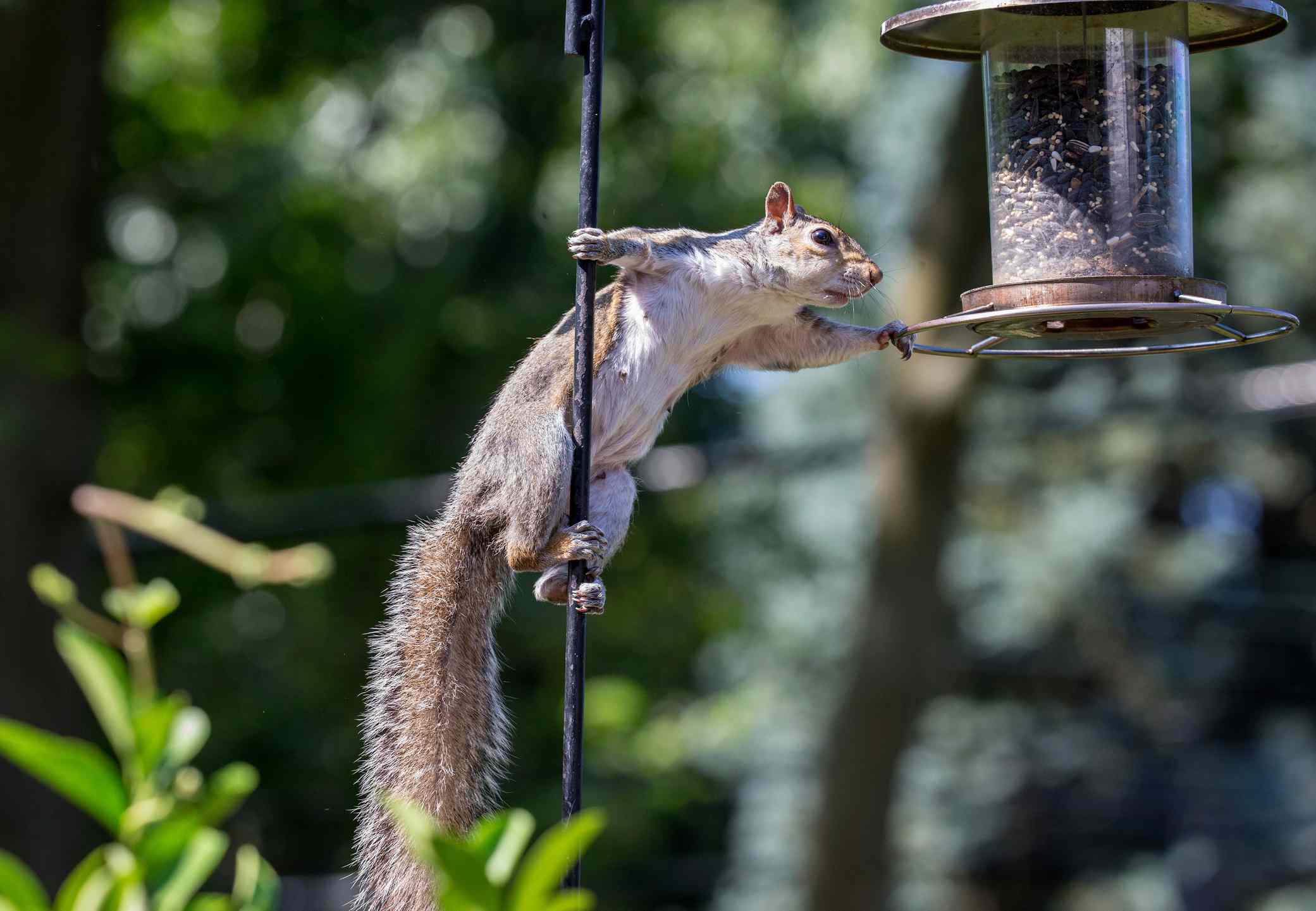
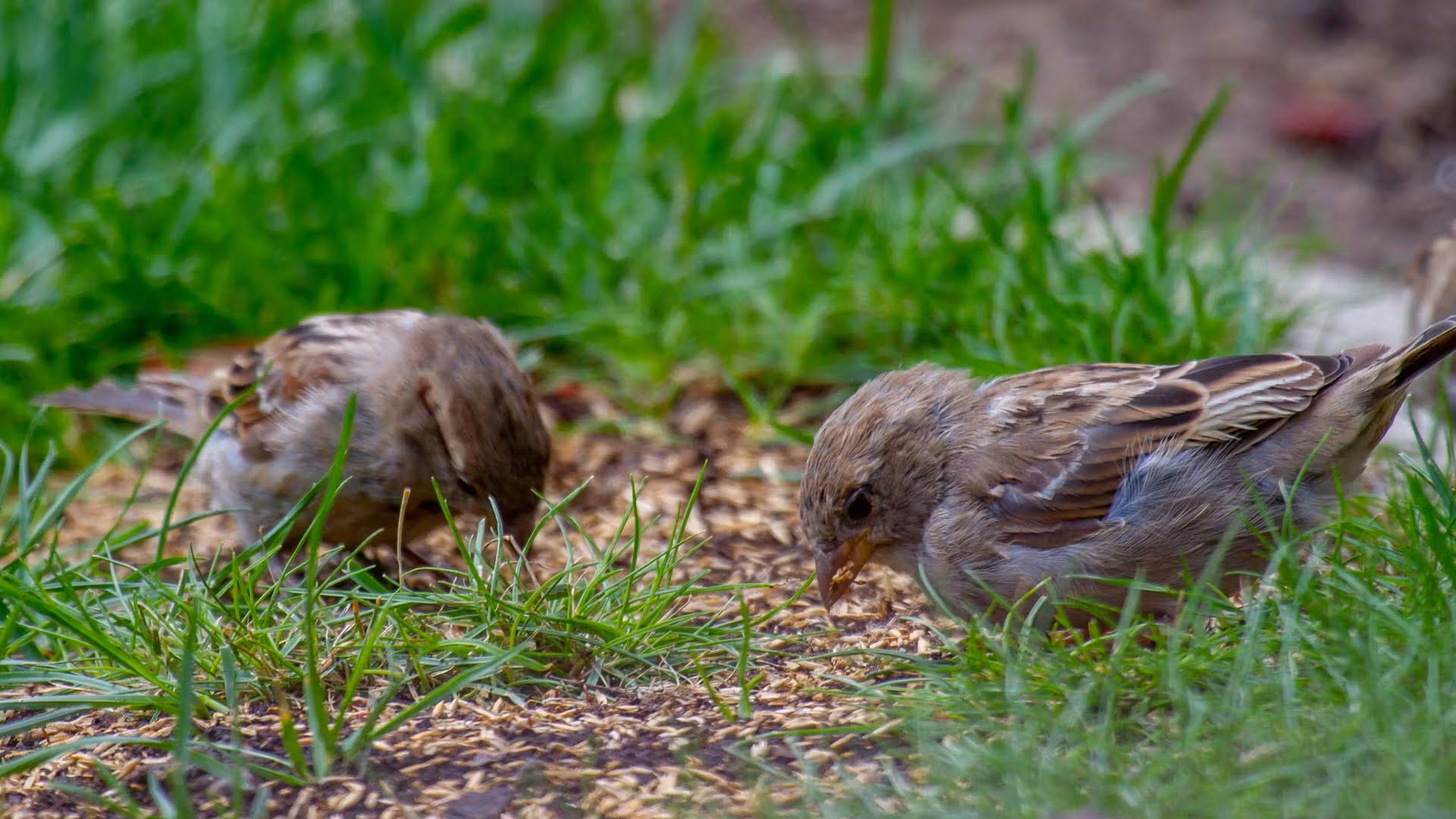
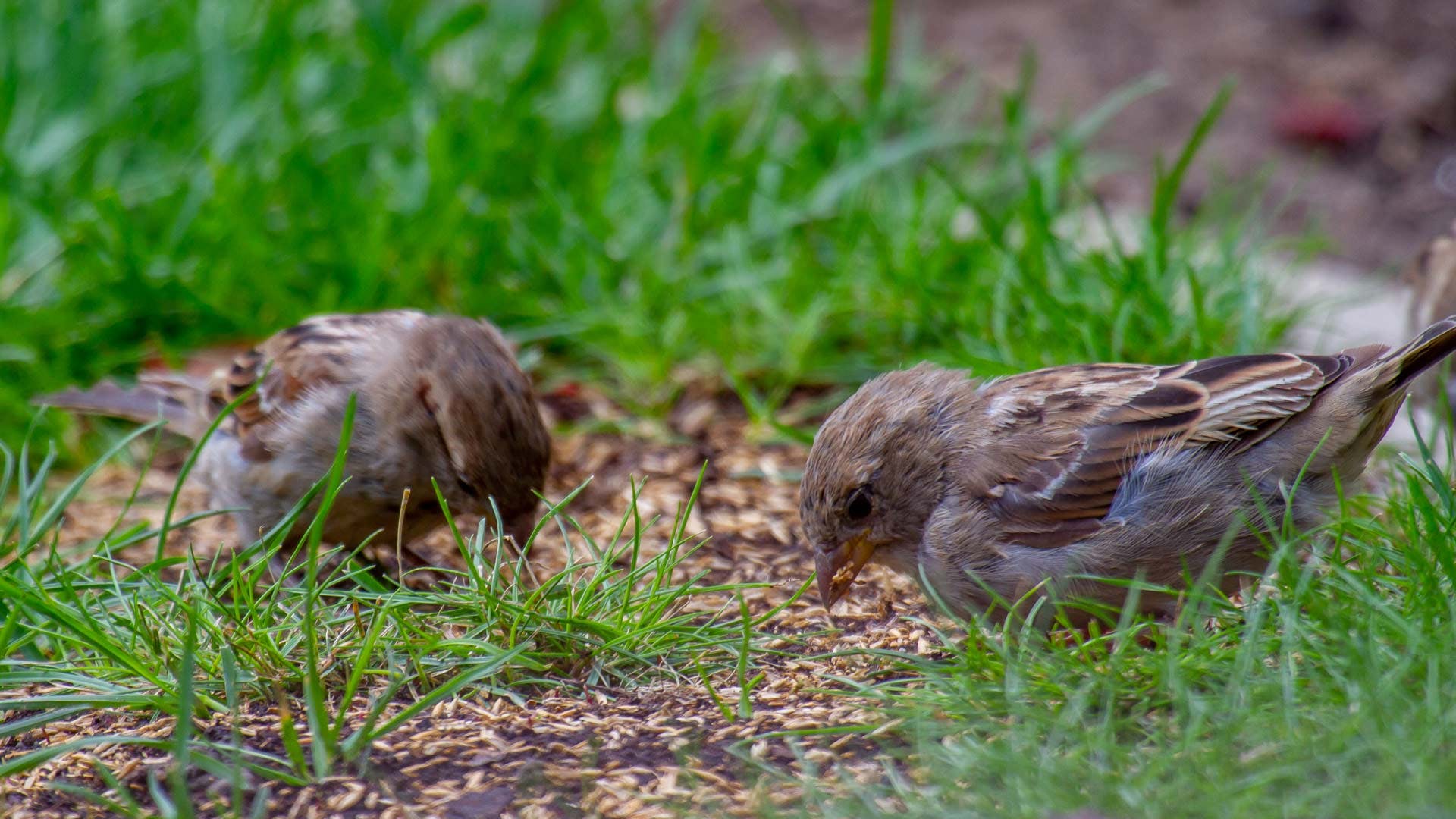
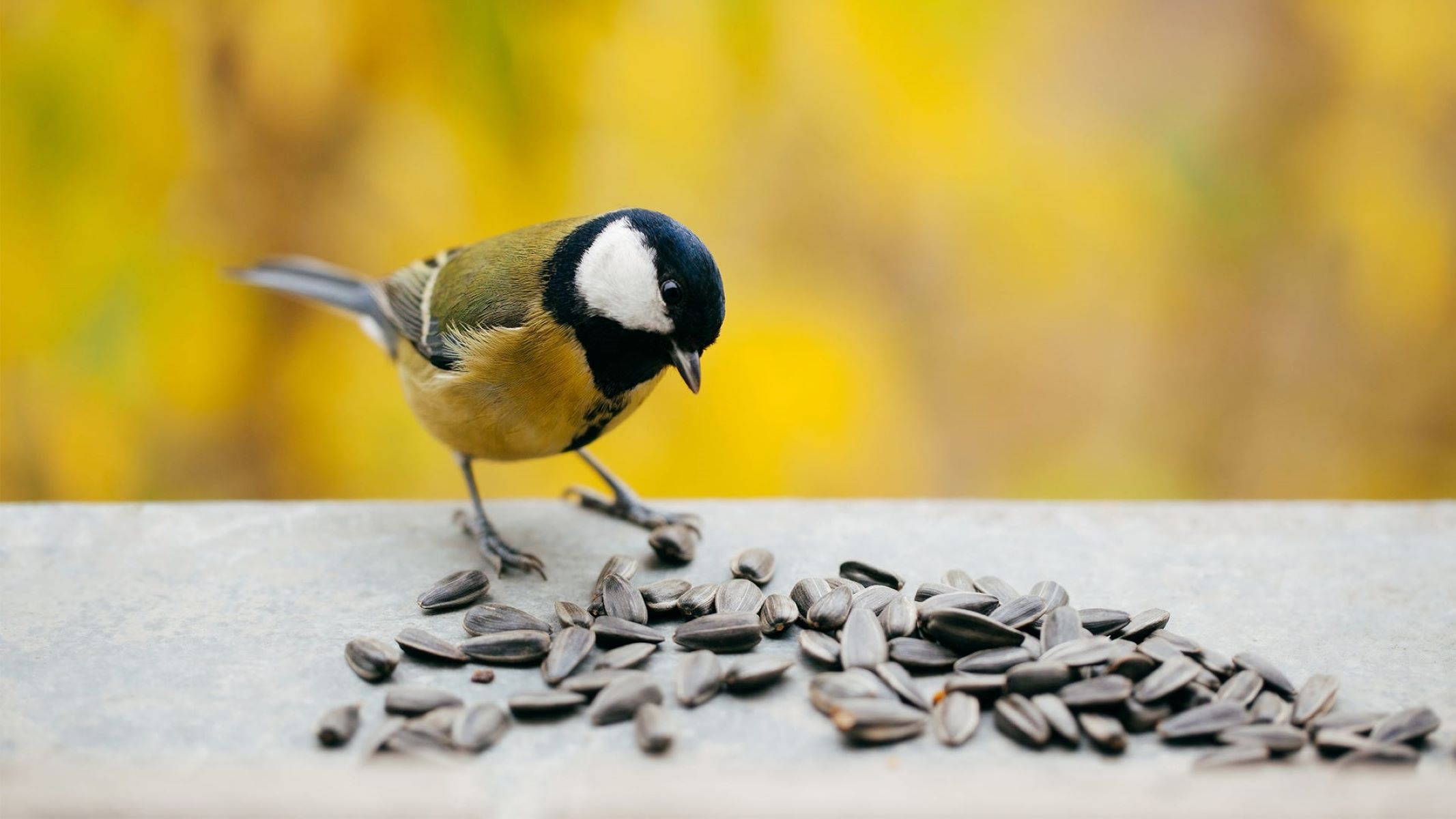
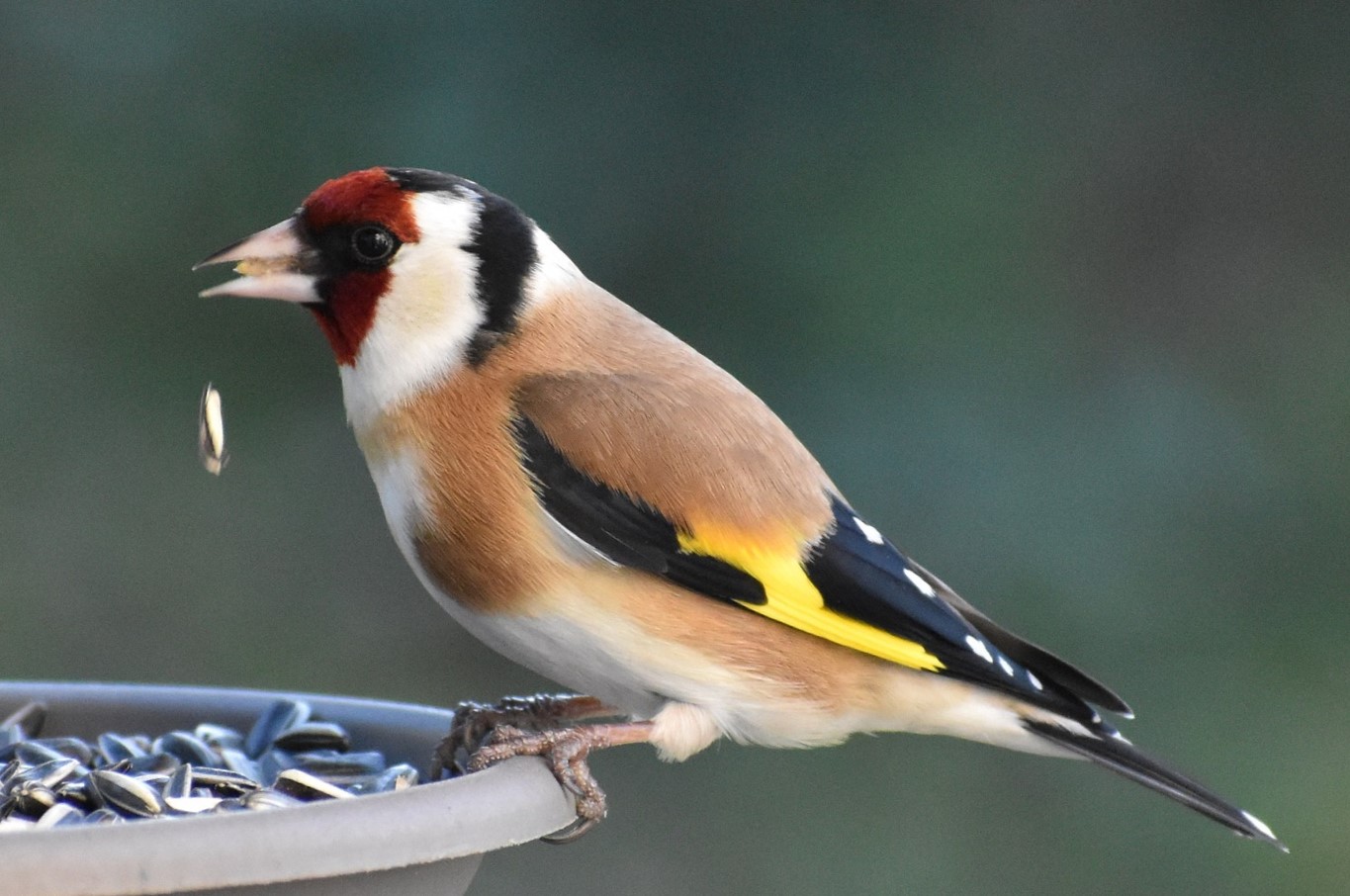
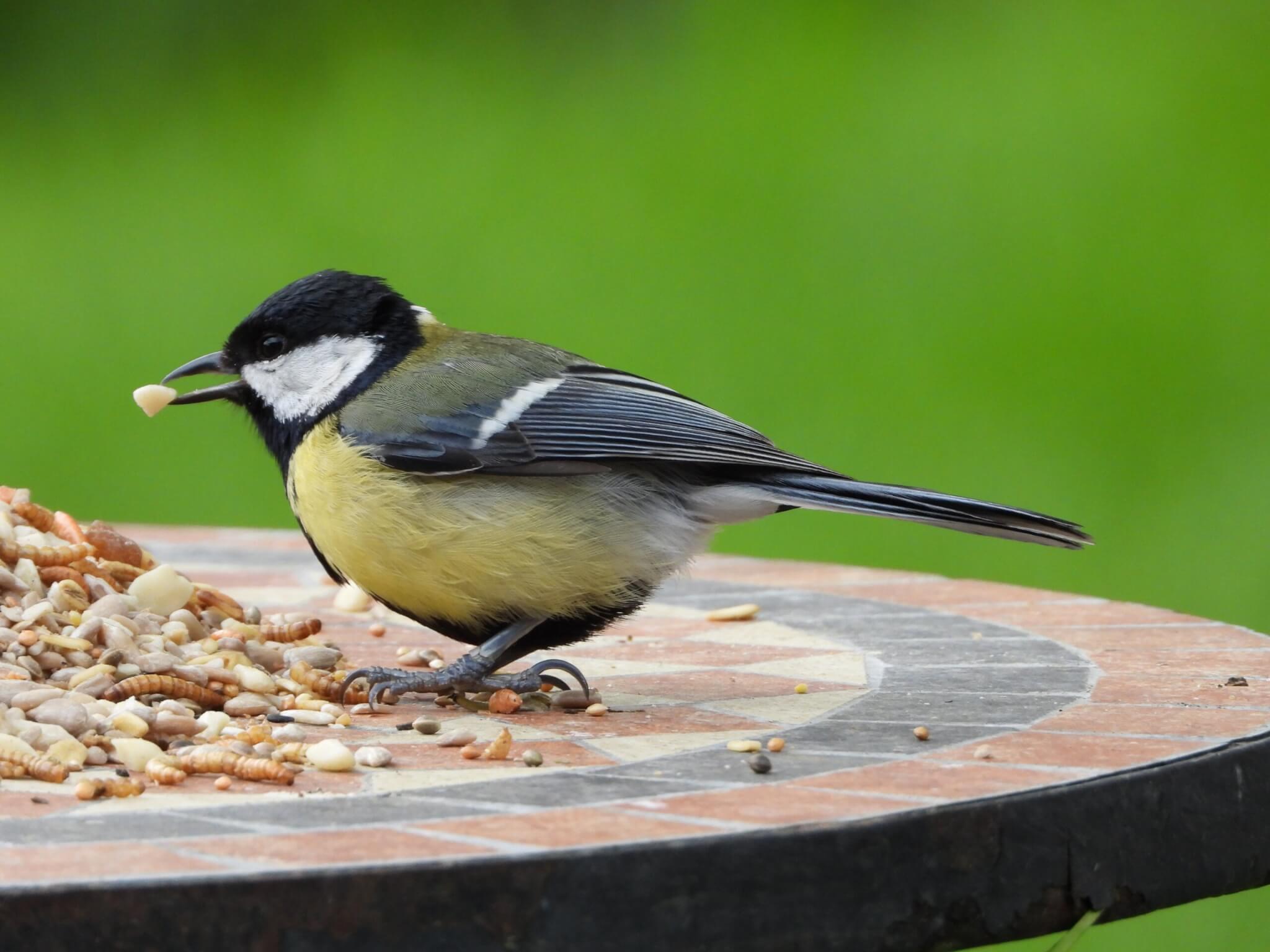
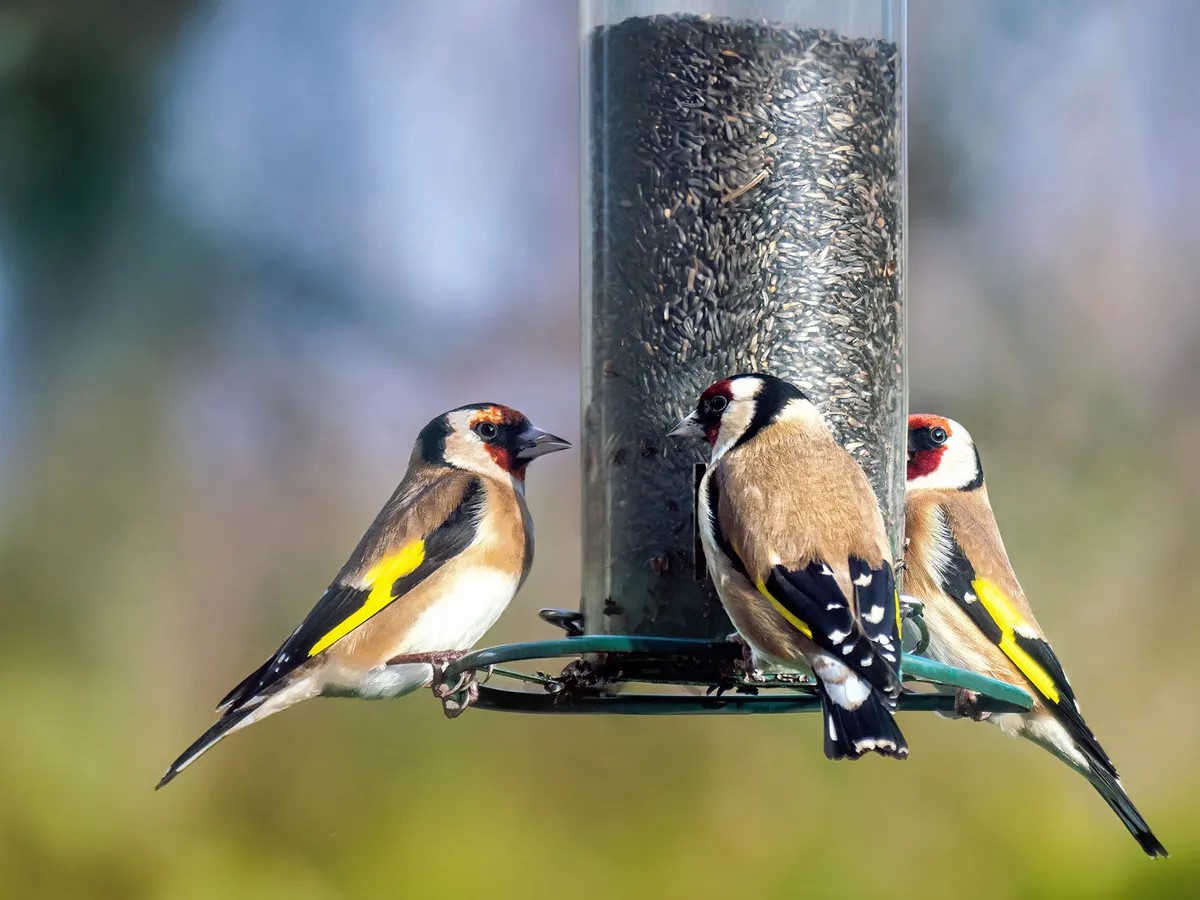
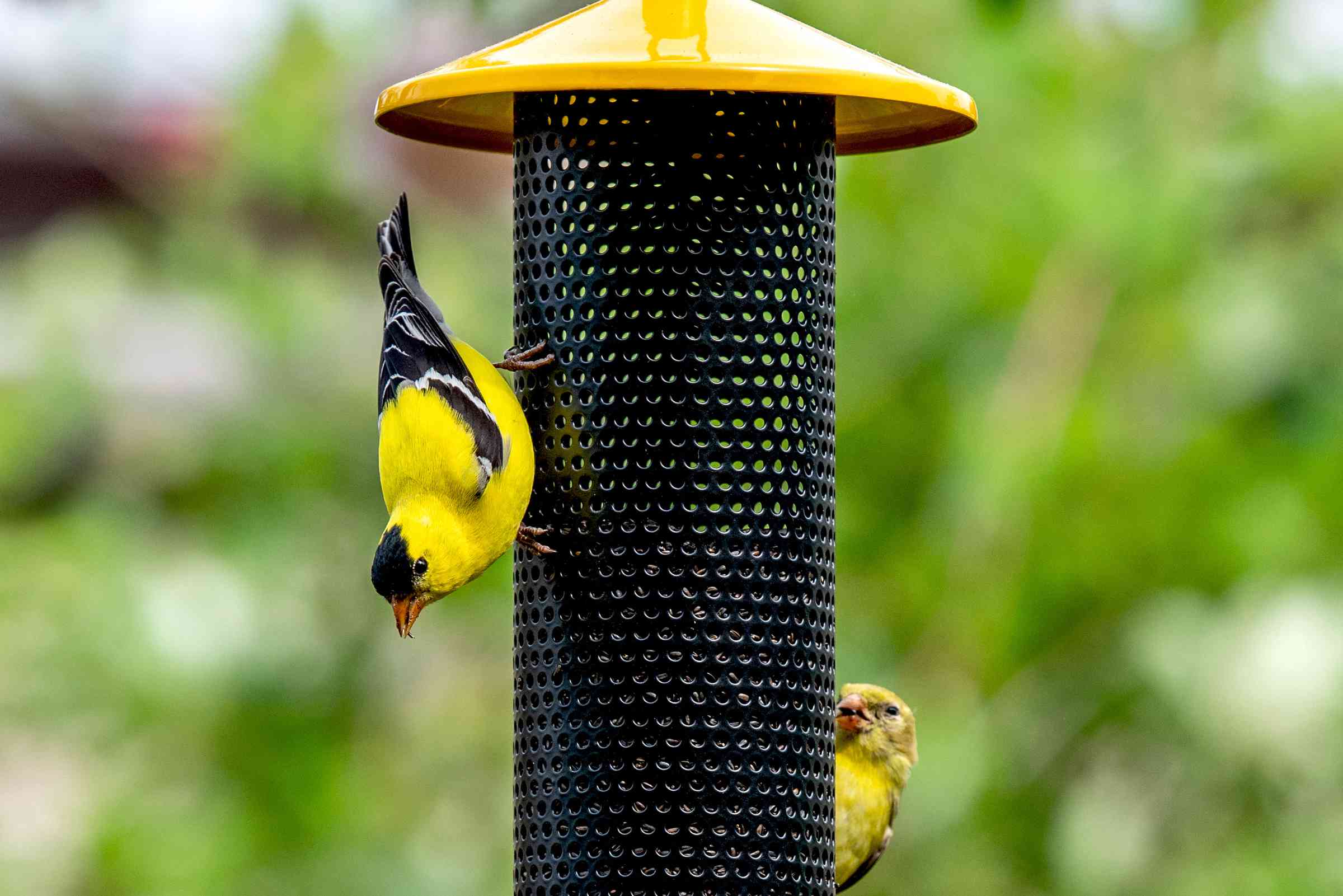
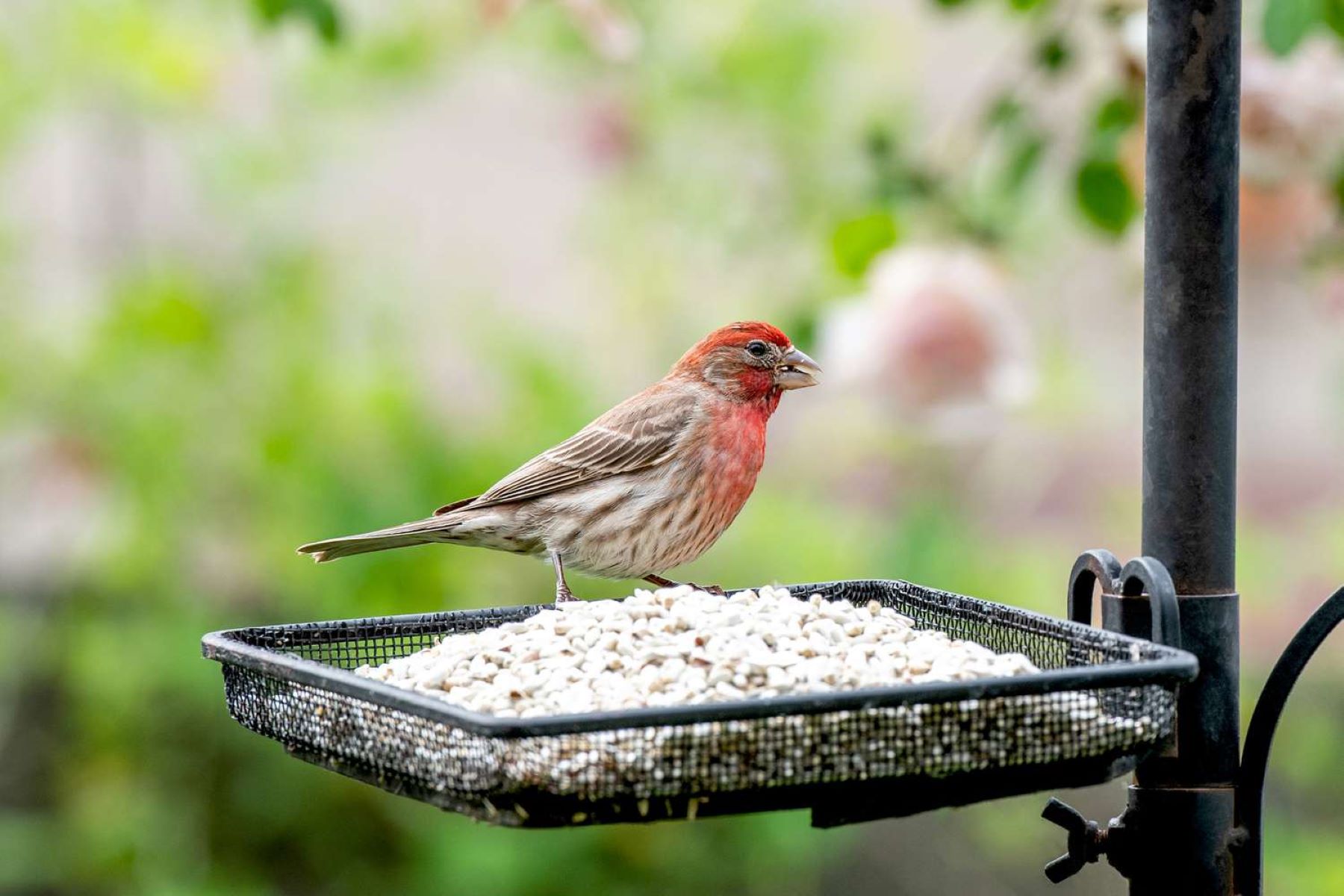
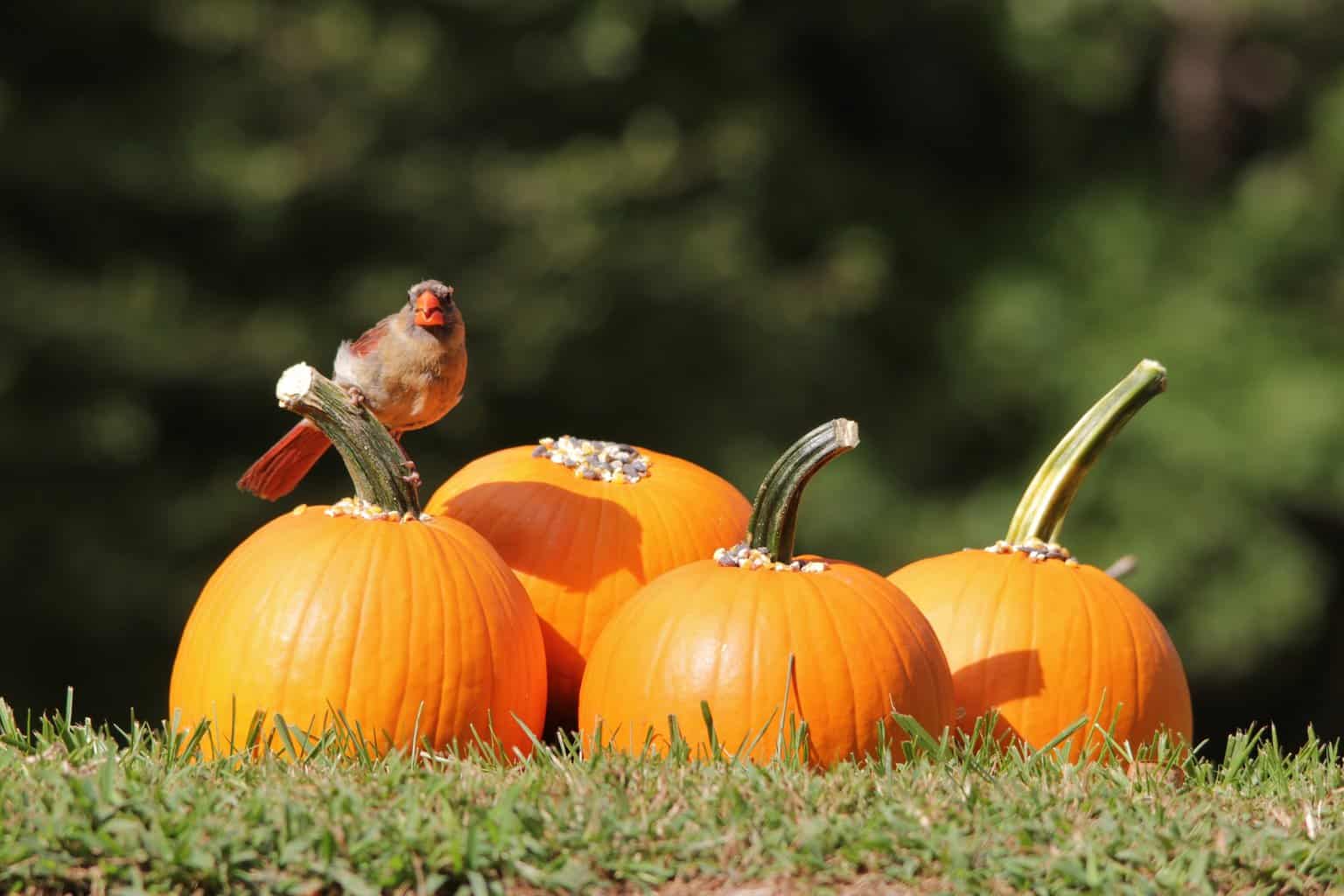
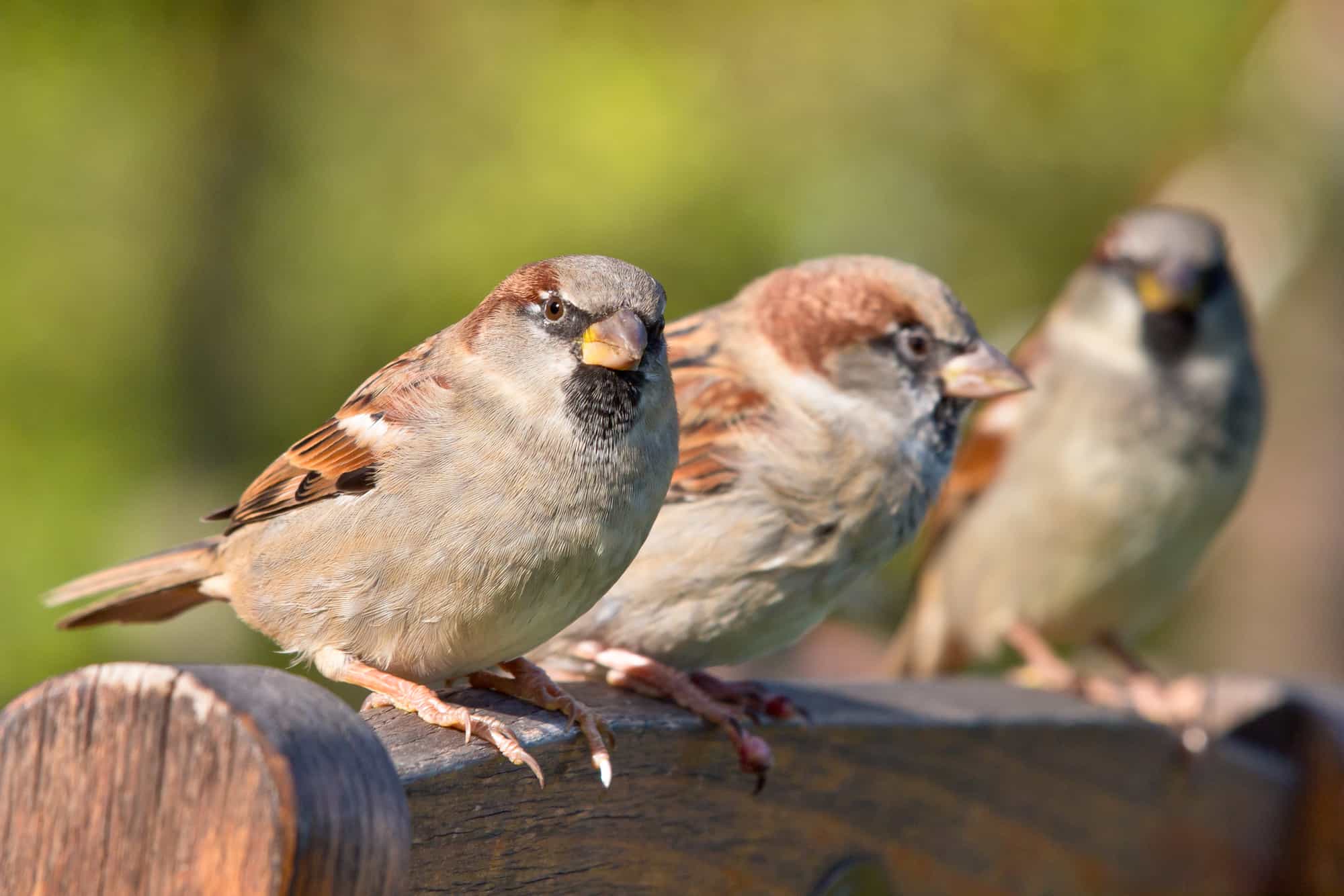
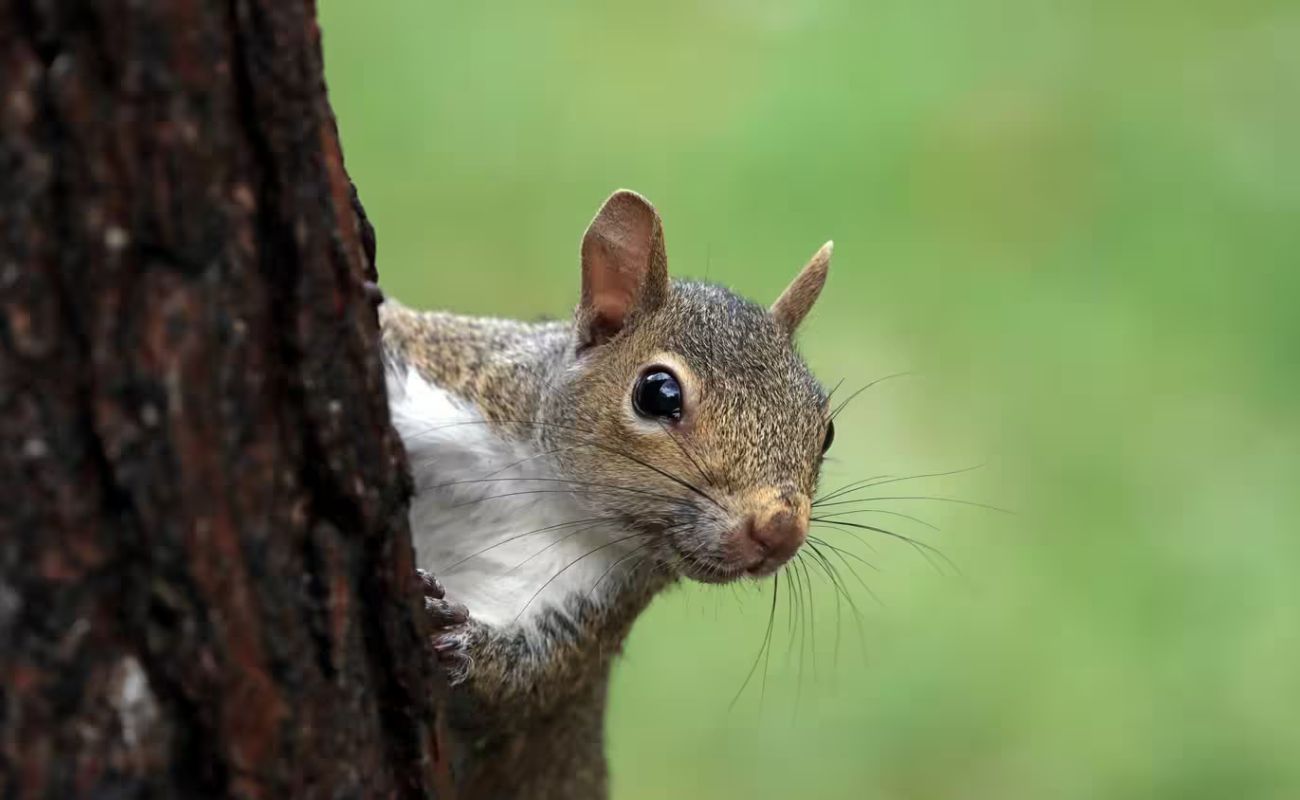
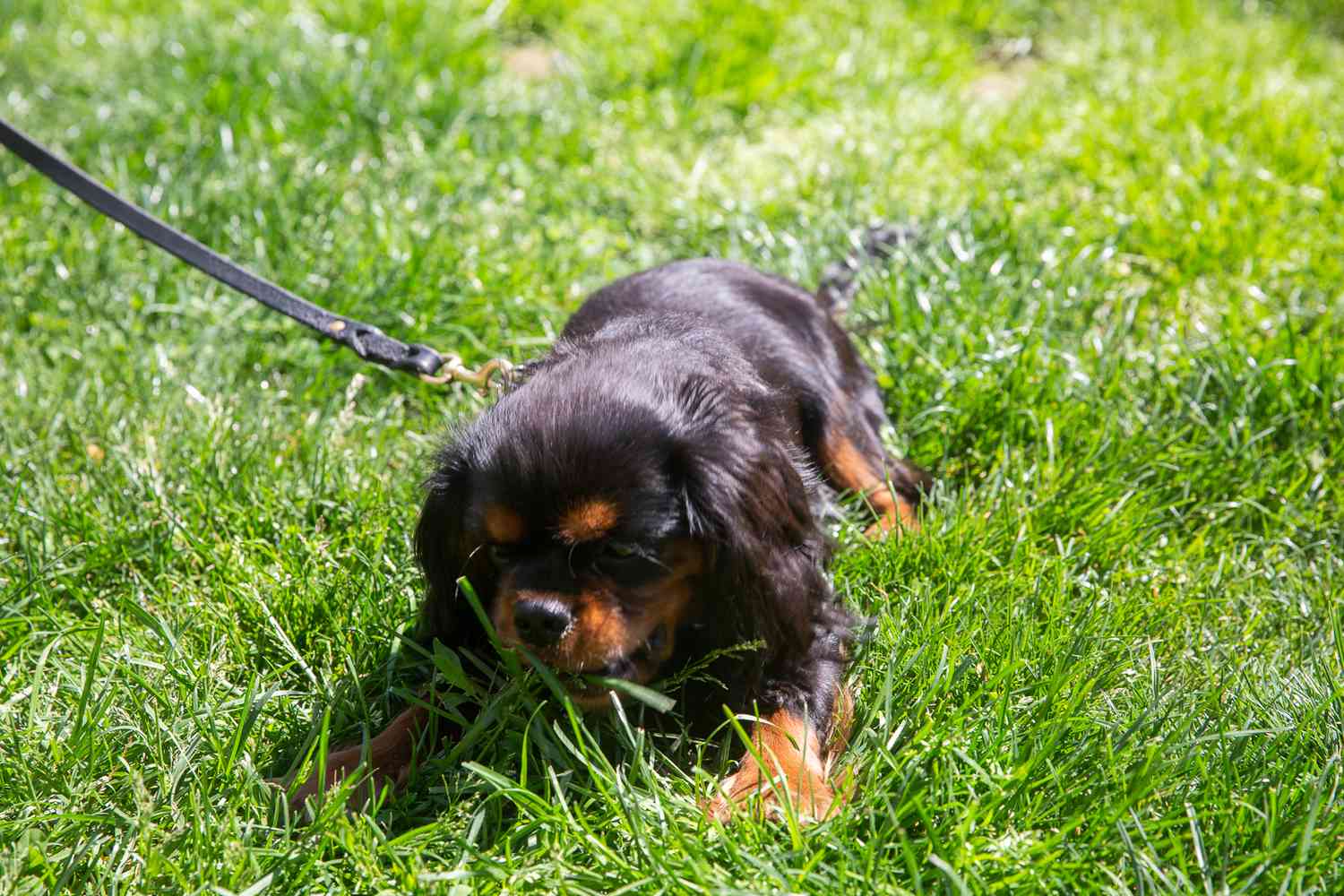
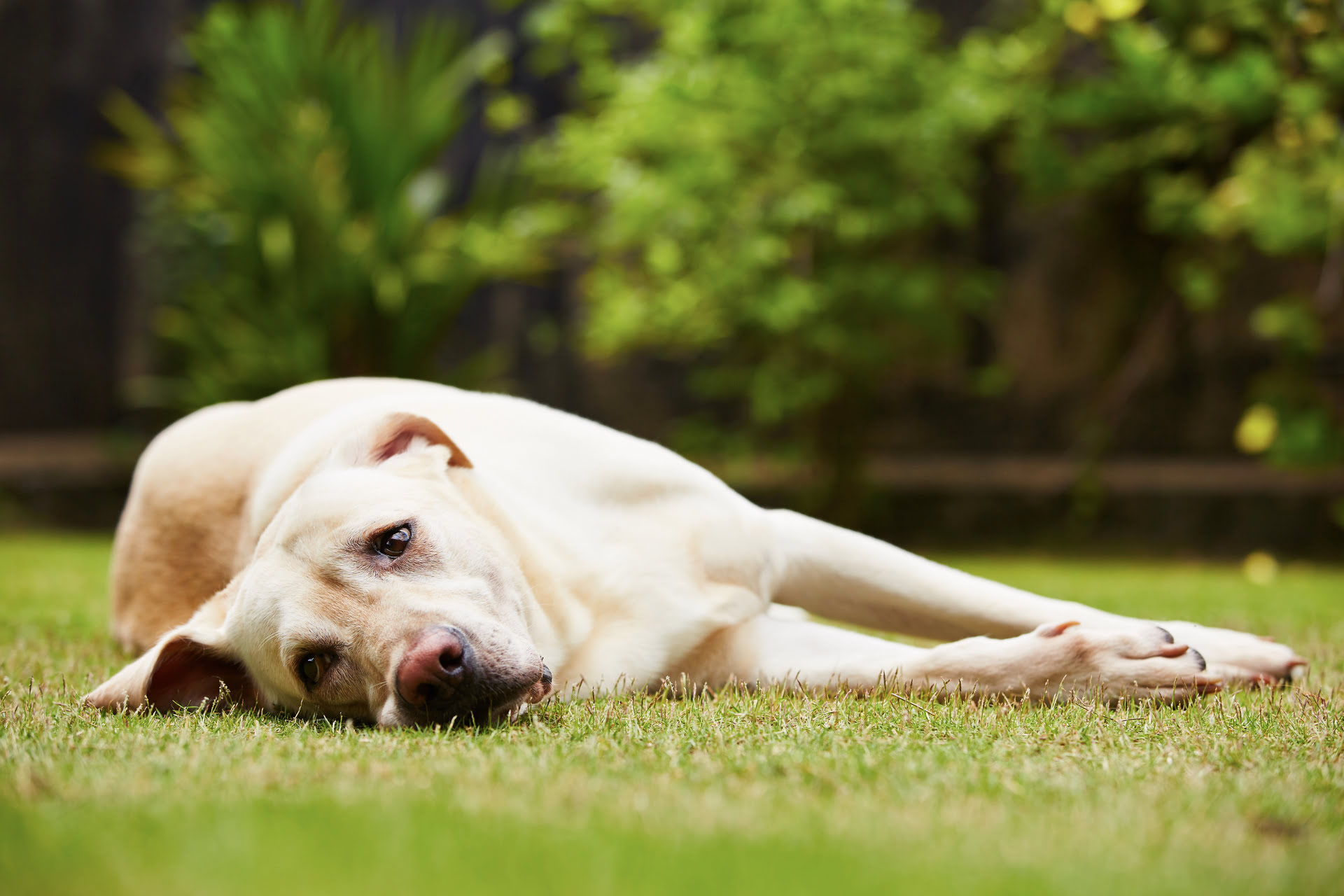

0 thoughts on “How To Keep Birds From Eating My Grass Seed”